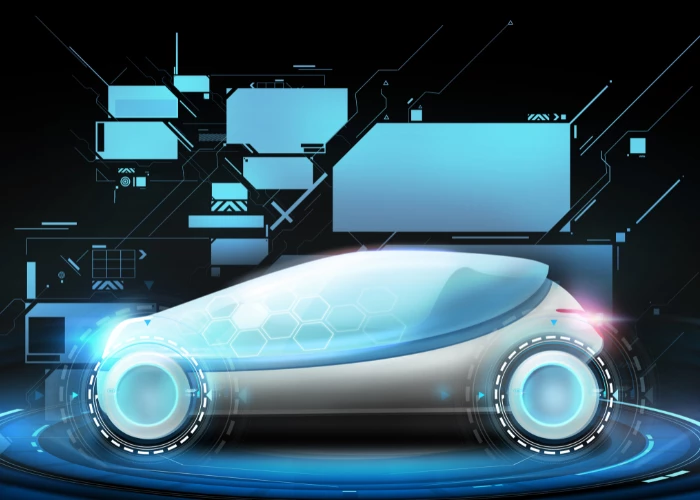IQ News: New Safety Regulations Passed to Remove Human Controls from AVs
In the event of a crash, humans will no longer need to intervene and use conventional human controls in fully autonomous vehicles, according to new safety regulations passed in the US
Add bookmark
The National Highway Traffic Safety Administration (NHTSA) in the US has issued new safety regulations to eliminate conventional human controls such as steering wheels and brake pedals in fully autonomous vehicles (AVs). This significant change in policy brings automakers one step closer to making fully self-driving vehicles a reality.
While Level Four and Level Five autonomous operations are still in the early stages of testing, and fully automated vehicles are not yet available to purchase, the change of rules mean manufacturers can bring fully self-driving cars to life as long as they meet other federal, state, and local safety regulations.
The new regulations, which were first proposed to NHTSA in March 2020, emphasise AVs must still provide the same level of occupant protection as human-driven vehicles, but “for vehicles designed to be solely operated by an autonomous driving system (ADS), manually operated driving controls are logically unnecessary," NHTSA explained.
Pete Buttigieg, US Secretary of Transportation, said: “An important part of the US Department of Transportation safety mission will be to ensure safety standards keep pace with the development of automated driving and driver assistance systems.
“This new rule is an important step, establishing robust safety standards for ADS-equipped vehicles.”
In February 2022, General Motors (GM) and its self-driving technology unit, Cruise, petitioned NHTSA for permission to build and deploy Cruise Origin, a self-driving vehicle without a steering wheel and brake pedal.
Kyle Vogt, Co-Founder and CTO of Cruise, said: “By the time [our fully self-driving vehicles] go into production, we think the core software that drives our AVs will be at a superhuman level of performance and safer than the average human driver.
“We will be providing hard empirical evidence to back up that claim before we put people in a car without the conventional controls in it.”
GM and Cruise have previously said they planned to begin production and deployment of the Origin in early 2023.
GM and Cruise are among 30 or so companies permitted to test highly automated or self-driving vehicles on US roadways, according to NHTSA.
As NHTSA’s ongoing efforts to ensure public and vehicle safety, the regulatory body has claimed they will be monitoring automakers closely as they make forays into fully self-driving cars by actively collecting crash and incident reports for vehicles with self-driving capabilities.
Steven Cliff, Deputy Administrator of NHTSA, said: “As the driver changes from a person to a machine in ADS-equipped vehicles, the need to keep the humans safe remains the same and must be integrated from the beginning. With this rule, we ensure that manufacturers put safety first.”
Join Automotive IQ live on March 22, to find out how to develop complex systems and software for AVs and fast-track functional safety and cybersecurity compliance requirements in this panel discussion featuring experts from IBM, Validas AG, MicroGenesis, and Kugler Maag.




























